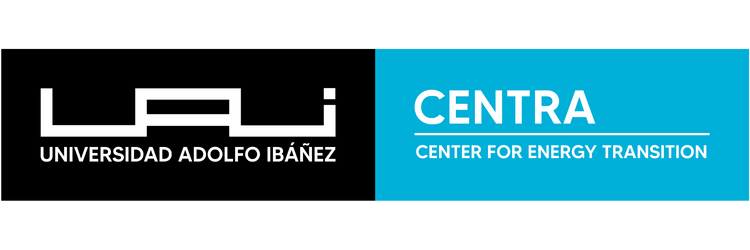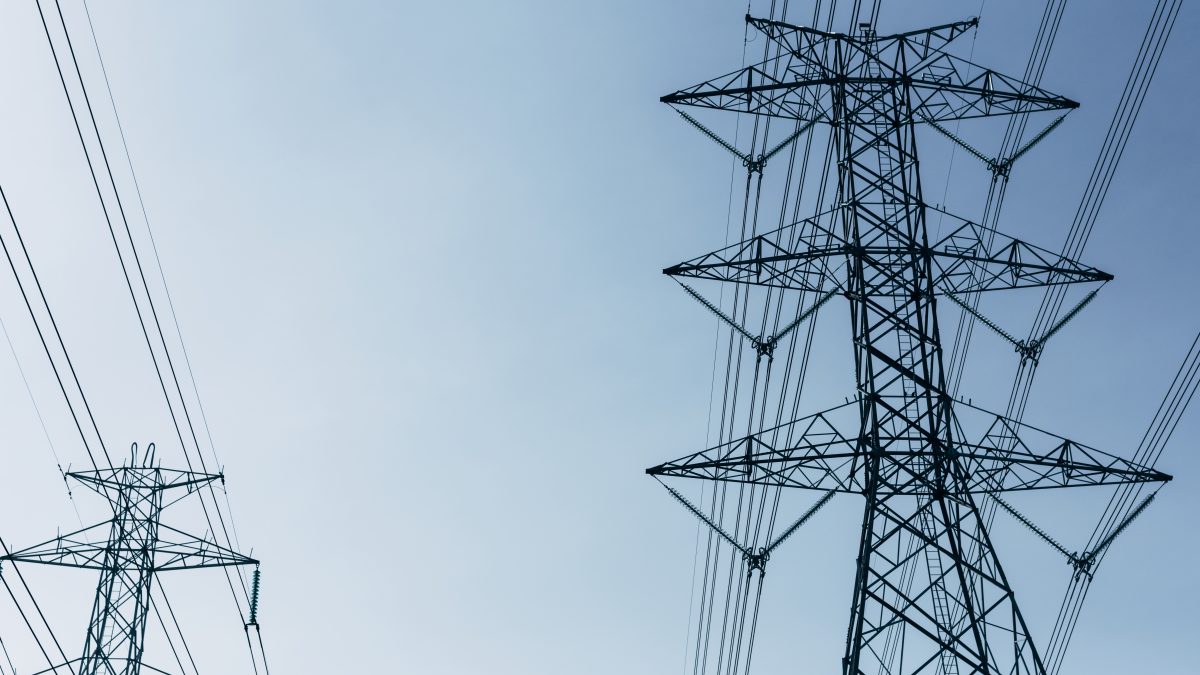Do We Really Need More Inertia in the Power System?
July 2nd, 2025
The recent power outages in Chile and Spain have reignited an old technical consensus: that inertia is essential for system stability. Various sectors have argued that the growing penetration of variable renewable energies, such as solar and wind, is weakening the system’s ability to withstand disturbances, due to a lower system inertia associated with the decline of synchronous generators.
But what does “inertia” actually mean in this context?
In electrical terms, inertia refers to the kinetic energy stored in the rotating parts of synchronous machines. When a sudden disturbance occurs—such as a load or generation disconnection—these spinning masses react instantly (within milliseconds), releasing or absorbing energy without the need for sensors or control systems. This inherent dynamic was, for decades, a key pillar in maintaining instantaneous balance between generation and demand, limiting sharp frequency deviations.
Today, reality has changed. Technologies such as solar photovoltaics and modern wind power connect via power electronics converters, which are not mechanically coupled to a spinning mass and, therefore, do not provide physical inertia to the system. In response, some propose that converters should artificially emulate the behavior of traditional synchronous machines.
This proposal follows a conservative logic: to preserve a way of operating inherited from the past—which is understandable during a transition stage, where old and new technologies coexist. However, instead of forcing current technologies to mimic the limitations of their predecessors, shouldn’t we be asking what they can do better?
Unlike synchronous machines, converters can respond within milliseconds with actively controlled power injections. Thanks to the flexibility offered by power electronics, they can not only emulate the initial response of a synchronous generator, but also implement advanced control strategies, specifically designed to act more effectively during contingencies.
By Bernardo Severino
Professor at the Faculty of Engineering and Sciences, UAI, and research assistant at the Energy Transition Center, Centra-UAI.

